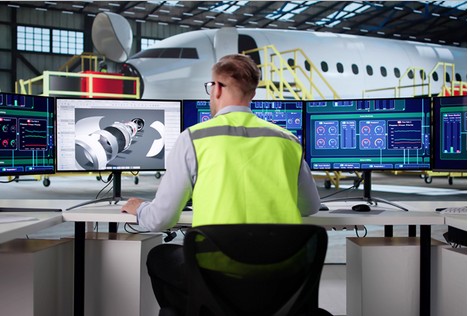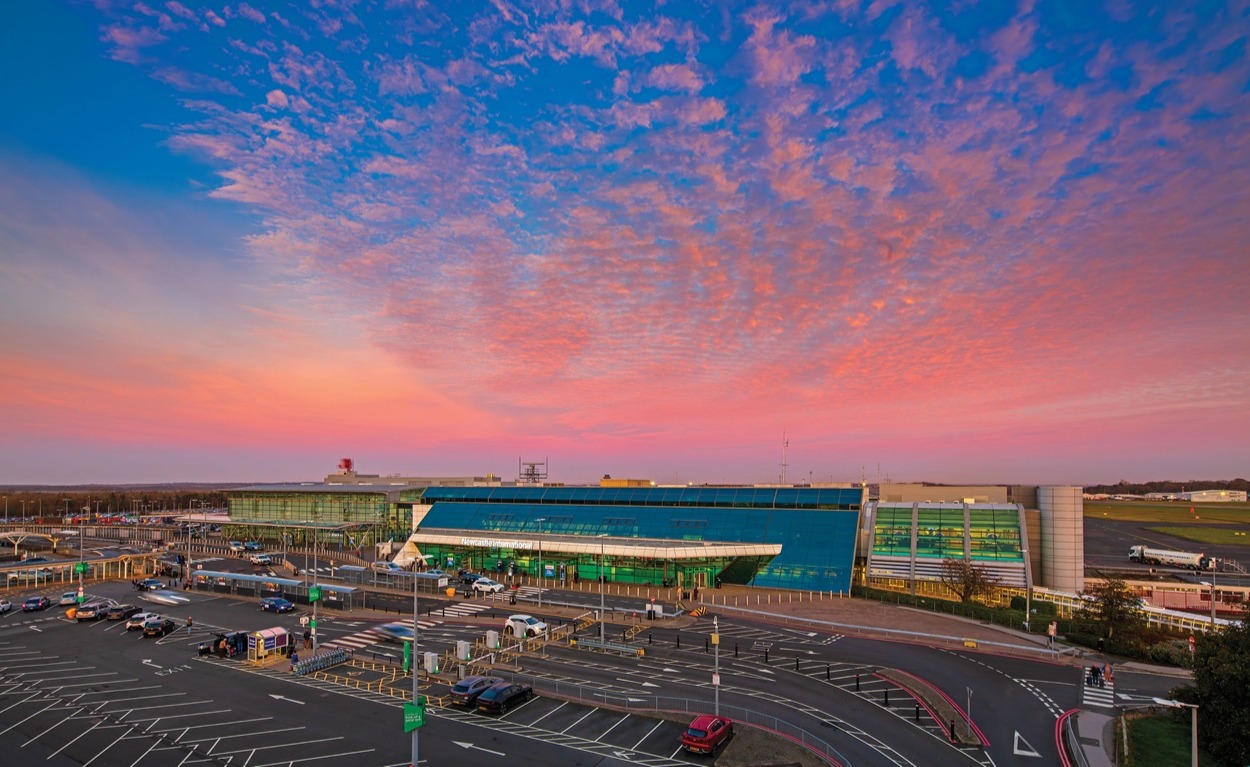Oxford Economics predicts rebound in global aerospace

The global advisory firm - which is headquartered in Oxford, England, with centres in New York and Singapore - says that passenger growth, robust world trade, low fuel costs and order backlogs will fuel a rise in aircraft deliveries.
Aerospace Forecast Highlights
Oxford Economics' central forecast still anticipates greater momentum ahead for the sector worldwide, underpinned by order backlogs and the plans of both Boeing and Airbus to ramp up deliveries.
Continued passenger growth, a boost in the momentum of world trade which is supporting air freight, historically low and stable jet fuel costs, low-cost airlines' transatlantic plans and even Alitalia and Air Berlin’s recent troubles, all together provide support to airlines and hence their fleet plans.
In the short-term, ongoing turbulence in US aerospace production, compounded by a sharply weaker picture across important emerging markets Brazil and Russia, is driving the contraction in global output forecast for the sector this year.
In contrast, the UK continues to perform well. Long lead times and sterling's sharp depreciation since 2016 have helped sustain momentum. Oxford Economics' sees the UK as the fastest growing aerospace market in the G7 this year.
Risks
Globally, while Oxford Economics' continue to see robust momentum, it notes the risks to the sector are skewed to the downside. Terror threats in the developed world, escalating tensions between Trump and Jong-un, continued low and stable oil prices, and the ability of planes to fly efficiently longer distance, direct routes without stopovers/changes at their hubs, weigh on production prospects.


Courtesy Oxford Economics
Key regional aerospace trends
- US production has continued on its downward trend, with year-to July output contracting by 3.9%. We expect a contraction of a similar scale for 2017 as a whole (-3.4%), before a recovery to deliver 2.6% growth in 2018. For now, since the US accounts for around half the world's aerospace value-added output, this is clearly dampening immediate global prospects.
- Heightened tensions between the US and North Korea, as well as terror threats to the developed world raise further downside risks on forecasts for dynamic air passenger growth.
- European aerospace is expected to see a slightly more pronounced slowdown this year than previously thought.
- Across Europe the picture is somewhat mixed. Whilst the UK, France and Germany have had a solid start to the year, Italy has experienced some turbulence. • Airbus’ revenues dipped in the second quarter of this year on an annual basis.
- Turning to the airlines, in mid-August Air Berlin became the latest European airline causality (after Alitalia) by filing for bankruptcy. This offers opportunities for rivals like Lufthansa and EasyJet to acquire parts of the airline’s operations.
- In the UK, in marked contrast to developments elsewhere, aerospace has shown resilience since the Brexit vote last summer. Aerospace output in June was 4.3% higher than the month of the referendum a year earlier (June 2016). Oxford Economics' forecasts that the UK will be the fastest growing aerospace market in the G7 this year.
- In China, after a weak start to the year, Oxford Economics has downgraded its outlook for production growth but forecast a strong bounceback for the rest of the decade. China’s activity continues to depend on Airbus and Boeing. For instance, Airbus recently signed a deal to sell 140 A320 and A350 planes to China; in which up to half of the A320s are expected to be assembled in China. The approval from the Chinese aviation regulator to Comac to commence mass production of its ARJ21 regional jet will also provide a boost to home-grown production. Regional aerospace activity is likely to continue to depend largely upon Airbus and Boeing for some time to come.
Key Global Aerospace Trends
Policy uncertainty triggered by the rise of populist, nationalist and anti-globalisation movements threatens airlines' business plans, which were already being disrupted by terrorist attacks and rising geopolitical tensions. However, some of the key elections so far this year in Europe have diminished concerns that the era of dynamic globalisation, featuring increased inter-country movement of people and goods along supply chains, is coming to an end.
These trends nevertheless continue to strengthen doubts over planned capacity increases, especially if it reduces growth potential across the Asian region (the expected source of most international passenger and freight growth for airlines) and through Middle Eastern hubs.
Airlines' new aircraft orders are in any case diminishing, since either deliveries are presently being postponed as capacity increases are scaled back (e.g. by IAG to the lower end of its previously announced band of 3-4% capacity growth) or fares are being cut to fill existing flights (e.g. by low-cost airlines, hitting revenues, if not overall profitability). Still, IATA's data for the first half of 2017 was encouraging, with the industry experienced a 12- year high in traffic growth (7.9%) and a record first half load factor of 80.7%. Moreover, jet-fuel prices have fluctuated at, or even below, US$1.50/gallon so far this year.
Finally, civilian aircraft order backlogs underpin a near-term growth rebound, providing supplier issues (which had constrained Airbus production in particular in 2016) continue to be addressed.
Oxford Economics is an independent global advisory firms, providing reports, forecasts and analytical tools on 200 countries, 100 industrial sectors and over 3,000 cities. Its global economic and industry models and analytical tools provide for forecasting external market trends and assessing their economic, social and business impact.













